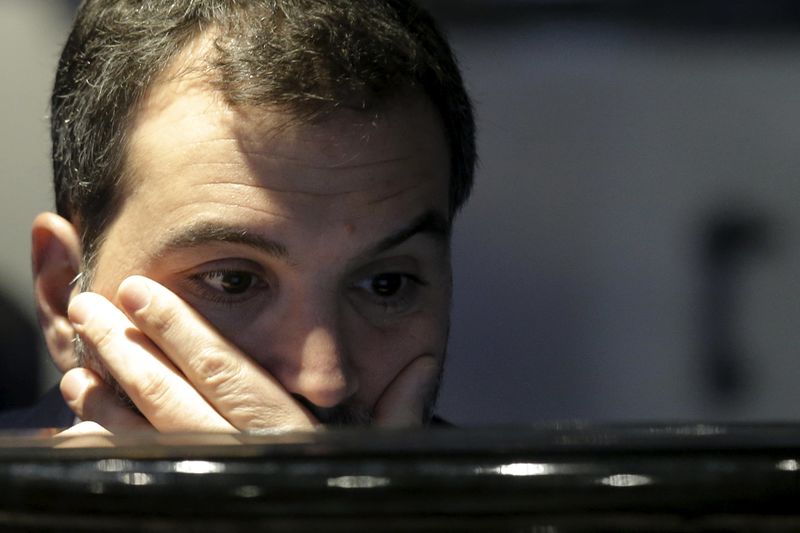This post was originally published on this site
https://i-invdn-com.akamaized.net/news/LYNXNPEC0K08U_M.jpg
The numbers from STR, whose data is widely used in the industry, showed urban hotels are still struggling with the collapse in business travel and city stays triggered by coronavirus lockdowns instituted in March.
However, occupancy at freeway locations or those in small towns and suburban locations was between 44% and 46% for the week ended June 13, and with airlines beginning to fly more regularly, airport hotel rates reached 39%.
Overall, U.S. industry occupancy was 41.7%, down from about 74% a year ago but higher than the 21% in April.
“The worst is behind us,” Dom Dragisich, chief financial officer at Comfort Suites-owner Choice Hotels (N:CHH), told Reuters.
The pandemic has forced major hotel operators including Hyatt Hotels Corp (N:H), Marriott International Inc (O:MAR) and Hilton Worldwide Holdings Inc (N:H) to lay off or furlough thousands of employees as bookings plunged.
Analysts say the big chains are more exposed to the airport and urban segments of the hotel market, with interstate locations making up just 10% of Marriott’s portfolio and 15% of Hilton’s.
Earlier this month, Marriott said it could take the company years to get back to last year’s levels, when its global occupancy rate was 71%.
“The industry (has) clawed its way above 40% occupancy. That was still down substantially from the comparable week last year but an obvious improvement,” said STR analyst Alison Hoyt.
“The drive-to destinations with access to beaches, mountains and parks continue to lead the early leisure recovery. With more consistent demand, we’re beginning to see more pricing confidence in those areas as well.”

